Results 11,841 to 11,850 of 12089
Thread: Anandtech News
-
08-09-23, 10:39 PM #11841
Anandtech: Memory Makers on Track to Double HBM Output in 2023
TrendForce projects a remarkable 105% increase in annual bit shipments of high-bandwidth memory (HBM) this year. This boost comes in response to soaring demands from AI and high-performance computing processor developers, notably Nvidia, and cloud service providers (CSPs). To fulfill demand, Micron, Samsung, and SK Hynix are reportedly increasing their HBM capacities, but new production lines will likely start operations only in Q2 2022.
More HBM Is Needed
Memory makers managed to more or less match the supply and demand of HBM in 2022, a rare occurrence in the market of DRAM. However, an unprecedented demand spike for AI servers in 2023 forced developers of appropriate processors (most notably Nvidia) and CSPs to place additional orders for HBM2E and HBM3 memory. This made DRAM makers use all of their available capacity and start placing orders for additional tools to expand their HBM production lines to meet the demand for HBM2E, HBM3, and HBM3E memory in the future.
However, meeting this HBM demand is not something straightforward. In addition to making more DRAM devices in their cleanrooms, DRAM manufacturers need to assemble these memory devices into intricate 8-Hi or 12-Hi stacks, and here they seem to have a bottleneck since they do not have enough TSV production tools, according to TrendForce. To produce enough HBM2, HBM2E, and HBM3 memory, leading DRAM producers have to procure new equipment, which takes 9 to 12 months to be made and installed into their fabs. As a result, a substantial hike in HBM production is anticipated around Q2 2024, the analysts claim.
A noteworthy trend pinpointed by TrendForce analysts is the shifting preference from HBM2e (Used by AMD's Instinct MI210/MI250/MI250X, Intel's Sapphire Rapids HBM and Ponte Vecchio, and Nvidia's H100/H800 cards) to HBM3 (incorporated in Nvidia's H100 SXM and GH200 supercomputer platform and AMD's forthcoming Instinct MI300-series APUs and GPUs). TrendForce believes that HBM3 will account for 50% of all HBM memory shipped in 2023, whereas HBM2E will account for 39%. In 2024, HBM3 is poised to account for 60% of all HBM shipments. This growing demand, when combined with its higher price point, promises to boost HBM revenue in the near future.
Just yesterday, Nvidia launched a new version of its GH200 Grace Hopper platform for AI and HPC that uses HBM3E memory instead of HBM3. The new platform consisting of a 72-core Grace CPU and GH100 compute GPU, boasts higher memory bandwidth for the GPU, and it carries 144 GB of HBM3E memory, up from 96 GB of HBM3 in the case of the original GH200. Considering the immense demand for Nvidia's offerings for AI, Micron — which will be the only supplier of HBM3E in 1H 2024 — stands a high chance to benefit significantly from the freshly released hardware that HBM3E powers.
HBM Is Getting Cheaper, Kind Of
TrendForce also noted a consistent decline in HBM product ASPs each year. To invigorate interest and offset decreasing demand for older HBM models, prices for HBM2e and HBM2 are set to drop in 2023, according to the market tracking firm. With 2024 pricing still undecided, further reductions for HBM2 and HBM2e are expected due to increased HBM production and manufacturers' growth aspirations.
In contrast, HBM3 prices are predicted to remain stable, perhaps because, at present, it is exclusively available from SK Hynix, and it will take some time for Samsung to catch up. Given its higher price compared to HBM2e and HBM2, HBM3 could push HBM revenue to an impressive $8.9 billion by 2024, marking a 127% YoY increase, according to TrendForce.
SK Hynix Leading the Pack
SK Hynix commanded 50% of the HBM memory market in 2022, followed by Samsung with 40% and Micron with a 10% share. Between 2023 and 2024, Samsung and SK Hynix will continue to dominate the market, holding nearly identical stakes that sum up to about 95%, TrendForce projects. On the other hand, Micron's market share is expected to hover between 3% and 6%.
Meanwhile, (for now) SK Hynix seems to have an edge over its rivals. SK Hynix is the primary producer of HBM3, the only company to supply memory for Nvidia's H100 and GH200 products. In comparison, Samsung predominantly manufactures HBM2E, catering to other chip makers and CSPs, and is gearing up to start making HBM3. Micron, which does not have HBM3 in the roadmap, produces HBM2E (which Intel reportedly uses for its Sapphire Rapids HBM CPU) and is getting ready to ramp up production of HBM3E in 1H 2024, which will give it a significant competitive advantage over its rivals that are expected to start making HBM3E only in 2H 2024.
More...
-
08-09-23, 10:39 PM #11842
Anandtech: Silicon Motion Readies PCIe Gen5 SSDs with 3.5W Power Consumption
Virtually all PCIe Gen5 SSDs released to date are relatively power-hungry and require a massive cooling system, effectively preventing their installation into compact desktops and notebooks. But Silicon Motion's next-generation SM2508 SSD platform promises to change that and enable ultra-high-performance drives with a PCIe 5.0 interface and power consumption as low as 3.5W. The company is showcasing prototypes of its PCIe Gen5 client drives at the Flash Memory Summit 2023.
The Silicon Motion SM2508 SSD controller features eight NAND channels supporting interface speed of up to 3600 MT/s per channel and capable of delivering sequential read and write speeds of up to 14 GB/s as well random read and write speeds of up to 2.5 million IOPS, which is comparable to capabilities of enterprise-grade SSDs with a PCIe 5.0 x4 interface.
Perhaps the most critical aspect of the SM2508 is its reduced power consumption, which is around 3.5W, according to Silicon Motion. SMI does not disclose whether 3.5W is idle, average, or peak power consumption, but 3.5W seems to be too high for peak, and even if it is average power consumption, it is considerably lower when compared to the average power consumption of PCIe Gen5 SSDs based on the Phison PS5026-E26 controller (around 10W).
The fastest 3D NAND flash memory devices currently feature a 2400 MT/s interface. Using such memory is crucial to fully saturate a PCIe 5.0 x4 interface and deliver sequential read/write performance of 13 – 14 GB/s. Support for a 3600 MT/s ONFI/Toggle DDR interface will allow the building of ultra-fast SSDs without using many memory devices, which is essential as next-generation 3D TLC devices are expected to have capacities of 1 Tb and larger.
Silicon Motion does not disclose many details about its SM2508, but we know from unofficial sources that the chip is made on TSCM's 12FFC (12 nm-class, compact low-power production node) and has been sampling since January 2023. Meanwhile, the company has targeted late 2023 – early 2024 as the launch timeframe for its consumer PCIe Gen5 SSD platform.
In addition to demonstrating its first client PC-bound SM2508-based SSDs at the FMS 2023, Silicon Motion is showcasing its MonTitan turnkey enterprise PCIe Gen5 x5 SSD solutions based on its SM8366 controller introduced last year. The SM8366 controller features 16 NAND channels at 2400 MT/s and can enable SSDs with capacities of up to 128 TB that offer up to 14 GB/s sequential read/write performance and up to 3M/2.8M random read/write performance. Samples of MonTitan SSDs will be demonstrated at the FMS 2023.
Source: Silicon Motion
More...
-
08-11-23, 05:15 PM #11843
Anandtech: SK Hynix Launches 24GB LPDDR5X-8500 Stacks for Smartphones, PCs, and HPC
On Friday, SK Hynix said it had started mass production of 24 GB LPDDR5X memory stacks that can be used for ultra-high-end smartphones and PCs. The company's LPDDR5X-8500 devices combine ultra-high-performance with high density, thus enabling fast systems with sufficient memory capacity. SK Hynix says such modules could be used well beyond smartphones, PCs, and even servers.
SK Hynix's 24 GB LPDDR5X package features an 8500 MT/s data transfer rate and a wide 64-bit interface, thus offering a peak bandwidth of 68 GB/s in the ultra-low voltage range of 1.01 to 1.12V. From a typical PC perspective, this is comparable to bandwidth provided by a dual-channel DDR5-4800 memory subsystem (76.8 GB/s), but at considerably lower power and an orders of magnitude smaller footprint.
An interesting wrinkle of the SK Hynix's announcement is that the company started to supply these 24 GB LPDDR5X modules well before the announcement as the devices are already used in Oppo's Oneplus Ace 2 Pro smartphone launched on August 10, 2023.
Oppo is not the only maker of high-end Android smartphones out there, so I would expect more companies to follow suit in the coming months as they roll out handsets based on the Qualcomm Snapdragon 8 Gen 2 system-on-chip.
But SK Hynix envisions its LPDDR5X devices to be used beyond smartphones, so think PCs. Apple was the first company to use LPDDR for desktops and laptops. Still, now that PC SoCs from AMD and Intel support LPDDR5X expect other leading makers of notebooks to adopt LPDDR5X in general and SK Hynix's 24 GB packages in particular.
Meanwhile, 64-bit LPDDR5X-8500 devices look particularly compelling for the automotive industry, combining performance, capacity, and a very compact form factor. Given the fact that modern infotainment systems require high memory bandwidth, such memory devices will be pretty beneficial. SK Hynix says these memory stacks could be used for servers and even high-performance computing (HPC) applications.
"Along with a faster advancement in broader IT industry, our LPDDR products will be able to support a growing list of applications such as PC, server, high-performance computing (HPC) and automotive vehicles," said Myoungsoo Park, Vice President and Head of DRAM Marketing at SK Hynix. "The company will cement our leadership in the premium memory market by providing the highest performance products that meet customers' needs."
Source: SK Hynix
More...
-
08-11-23, 05:15 PM #11844
Anandtech: Samsung Teases 256 TB SSD: 3D QLC NAND at Its Best
Samsung teased the industry's first 256 TB solid-state drive at the Flash Memory Summit 2023. The new drive features unprecedented storage density and is aimed primarily at hyper-scale data centers where storage density and reduced power consumption matter the most.
Samsung's 256 TB SSD is based on 3D QLC NAND memory and probably uses innovative packaging to cram multiple 3D QLC NAND devices into stacks. The company does not disclose which form factor the drive uses. Still, because the unit is aimed mainly at hyper scalers, we expect Samsung to offer them in one of the emerging ESDFF form factors or Samsung's proprietary NGSFF form factor. For now, the only thing that Samsung discloses about its 256 TB SSD is that it is several times more energy efficient than existing drives that carry 32 TB of raw NAND.
"Compared to stacking eight 32 TB SSDs, one 256 TB SSD consumes approximately seven times less power, despite storing the same amount of data," a statement by Samsung reads.
In addition to teasing its 256 TB SSD, Samsung formally announced its next-generation datacenter PM9A3a family of drives with a PCIe 5.0 x4 interface that is expected to offer serious performance and high power efficiency.
Samsung says that its new PM9A3a SSDs increase sequential read performance by up to 2.3 times (i.e., to 14.95 GB/s) and random write performance by more than 2x compared to the previous generation PM9A3, which uses a PCIe 4.0 x4 interface. In addition, these new drives promise a 60% power efficiency improvement (presumably compared to predecessors) and enhanced Telemetry and Debug functions.
Samsung's PM9A3a SSDs will be available in various form factors in the first half of 2024, featuring capacities from 3.84 TB all the way up to 30.72 TB.
Source: Samsung
More...
-
08-14-23, 09:55 AM #11845
Anandtech: Samsung, MemVerge, and H3 Build 2TB CXL Memory Pool
Samsung, MemVerge, H3 Platform, and XConn have jointly unveiled their 2 TB Pooled CXL Memory System at the Flash Memory Summit. The device can be connected to up to eight hosts, allowing them to use its memory when needed. The 2 TB Pooled CXL Memory system has software enabling it to visualize, pool, tier, and dynamically allocate memory to connected hosts.
The 2 TB Pooled CXL Memory system is a 2U rack-mountable machine built by H3 with eight 256 GB Samsung CXL memory modules connected using XConn's XC50256 CXL 2.0 switch supporting 256 PCIe Gen5 lanes and 32 ports. The firmware of the 2 TB Pooled CXL Memory system allows you to connect it to up to eight hosts that can dynamically use CXL memory when they need it, thanks to software by MemVerge.
The Pooled CXL Memory system was developed to overcome limitations in memory capacity and composability in today's system architecture, which involves tight coupling between CPU and DRAM. Such architecture leads to performance challenges in highly distributed AI/ML applications, such as spilling memory to slow storage, excessive memory copying, I/O to storage, serialization/deserialization, and Out-of-Memory errors that can crash applications.
Attaching 2 TB of fast, low-latency memory using a PCIe 5.0 interface with the CXL 2.0 protocol on top to eight host systems and using it dynamically between eight hosts saves a lot of money while providing loads of performance benefits. According to companies, the initiative represents a significant step towards creating a more robust and flexible memory-centric data infrastructure for modern AI applications.
"Modern AI applications require a new memory-centric data infrastructure that can meet the performance and cost requirements of its data pipeline," said Charles Fan, CEO and co-founder of MemVerge. "Hardware and software vendors in the CXL Community are co-engineering such memory-centric solutions that will deeply impact our future."
The jointly developed demonstration system can be pooled, tiered with main memory, and dynamically provisioned to applications with Memory Machine X software from MemVerge and its elastic memory service. Viewer service showcases the system's physical layout and provides a heat map indicating memory capacity and bandwidth consumption per application.
"The concept system unveiled at Flash Memory Summit is an example of how we are aggressively expanding its usage in next-generation memory architectures," said JS Choi, Vice President of New Business Planning Team at Samsung Electronics. "Samsung will continue to collaborate across the industry to develop and standardize CXL memory solutions, while fostering an increasingly solid ecosystem."
More...
-
08-15-23, 08:49 PM #11846
Anandtech: OWC Teams Up with Frore for 32TB and 64TB SSD Devices
OWC and Frore Systems demonstrated silent 32 TB and 64 TB solid-state storage devices that use Frore's AirJet Mini coolers at the Flash Memory Summit 2023. Both devices promise consistently high performance while remaining completely quiet. Furthermore, using Frore's AirJet cooling systems opens doors to high-capacity SSD storage solutions that do not use fans.
OWC demonstrated its 64 TB Mercury Pro U.2 Dual with eight 8 TB M.2-2280 SSDs inside and its 32 TB U2 Shuttle with four 8 TB M.2 drives inside at the show. The peripherals maker said that with the AirJet Mini technology, its 64 TB OWC Mercury Pro U.2 Dual achieves consistent sequential write speeds of 2200 MB/s to 2600 MB/s. However, it does not disclose how fast such a configuration is when only an internal fan is used. OWC says on its website that the enclosure can saturate a Thunderbolt 3 interconnection with up to 2800 MB/s read/write speed when equipped with multiple drives.

OWC's Mercury Pro U.2 Dual and U2 Shuttle are essentially PCIe 3.0 SSD carriers, and such drives do not tend to get very hot, so applying Frore's premium AirJet cooling technology to them sounds overkill. But there are two things to note here. First, OWC's Mercury Pro U.2 Dual comes with a 3,000-rpm fan, and the device is not completely quiet out-of-box, so using AirJets removes the fan and makes it utterly quiet. Secondly, by using Frore's AirJets with existing carriers, OWC sets the stage for subsequent generations of Mercury Pro U.2 Dual and U2 Shuttle that will house faster and hotter SSDs requiring decent cooling to ensure consistent performance.
Frore's thin membrane-based AirJet Mini measures 41.5 mm × 27.5 mm × 2.8mm and weighs 11 grams; it is designed to dissipate 5W of heat, and integrating multiple chips amplifies the heat removal capacity proportionally. Modern PCIe Gen5 drives can dissipate considerably more than 5W under high load so they will need more than one AirJet Mini.
"It is very exciting to see the application and benefits for our solutions that the Frore Airjet system presents," said Larry O’Conner, CEO of OWC. "I look forward to taking our solutions further and farther in partnership with Frore. The many ways this technology allows us to increase capacity, long term level up design, improve customer experience and application suitability has opportunities that are endless."
More...
-
08-15-23, 08:49 PM #11847
Anandtech: Intel and Synopsys Ink Deal to Develop IP for Intel's 3 and 18A Nodes
Intel and Synopsys this week signed an agreement under which Synopsys will develop a portfolio of various IP offerings for Intel 3 and 18A fabrication technologies for Intel Foundry Services (IFS) customers. The availability of industry-standard IP from Synopsys will significantly simplify the development of chips for both current and potential IFS customers. A noteworthy thing about the announcement is that Intel now positions its 3 nm-class node for external clients.
Under this agreement, Synopsys will adapt a variety of its standardized interface IP to Intel's 3 nm and 1.8 nm-class manufacturing technologies. The availability of standard IP designed specifically for Intel 3 and Intel 18 production nodes will facilitate faster design execution and project timelines for system-on-chips (SoCs). The companies already have an agreement in place under which Synopsys develops electronic design automation (EDA) tools for Intel's fabrication processes to maximize power, performance, and area scaling for Intel's upcoming technologies.
The readiness of EDA software and IP is crucial for the adoption of process technology by fabless chip designers, and it is hard to overestimate the importance of the collaboration between Intel and Synopsys. But while the development of IP for the Intel 18A node is something expected, the inclusion of Intel 3 into the deal is a bit surprising since the company has never positioned this manufacturing process for external customers.
The Intel 3 manufacturing technology (previously known as Intel 5 nm) is the company's 2nd generation node to use extreme ultraviolet lithography. Offering an 18% improvement in performance per watt, a denser library, reduced resistance, and increased drive current, Intel 3 is ideal for data center-grade products. Intel has introduced two data center processors, Granite Rapids and Sierra Forest, using this technology. IFS will build a custom data center product for a cloud service provided with this process. Intel's client roadmap does not contain any products to use Intel 3, but it looks like it wants to make it available to a broader range of IFS customers.
"Marking another important step in our IDM 2.0 strategy, this transaction will foster a vibrant foundry ecosystem by allowing designers to fully realize the advantages of Intel 3 and Intel 18A process technologies and quickly bring differentiated products to market," said Stuart Pann, senior vice president and general manager of IFS. "Synopsys brings a strong track record of delivering high-quality IP to a broad customer base, and this agreement will help accelerate the availability of IP on advanced IFS nodes for mutual customers."
Gallery: Intel and Synopsys Ink Deal to Develop IP for Intel's 3 and 18A Nodes

More...
-
08-16-23, 10:08 PM #11848
Anandtech: AI Server Market to Reach $150 Billion by 2027 - Foxconn
Demand for generative AI services is skyrocketing and driving the need for AI servers and machines that are substantially different from traditional servers. The category is growing so quickly that sales of AI servers are set to reach $150 billion in 2027, according to Liu Yangwei, the chairman of Foxconn, the world's largest electronics manufacturing service (EMS) provider.
AI servers are a relatively new category of data center-grade products that use compute GPUs or specialized processors equipped with fast memory, so they tend to be considerably more expensive than traditional servers for data center and enterprise workloads. Demand for various generative AI applications is driving demand for such machines so rapidly that the AI server market will grow from $30 billion in 2023 to a staggering $150 billion by 2027, said Liu Yangwei at the earnings call with analysts and investors this week, reports Commercial Times.
To put the $150 billion number into context, the total server market value reached $123 billion in 2022 and is poised to grow to $186 billion in 2027, according to IDC. If estimates by the Foxconn chairman turn out to be correct, then the market of AI servers will be comparable to the market of traditional servers in four years. This fourfold increase in just four years underscores the explosive demand and the vast opportunities it presents for industry players, including Foxconn.
Foxconn identified cloud service providers (CSPs) as the main clients for AI servers. Cloud giants like Amazon Web Services, Google, and Microsoft Azure continuously seek advanced server solutions to enhance their service offerings and cater to the growing AI needs of their customers. While branded server makers contribute to the demand, CSPs remain the dominant force driving the growth of the AI server market.
The chairman of Foxconn revealed that the company holds over 70% of the market share in the AI server industry's front-end GPU modules and boards and that it has long-standing relationships with North American CSPs. Since Foxconn has production facilities in the U.S., including the well-known factory in Wisconsin, it can offer localized services to customers like AWS, Google, and Microsoft, a distinct competitive advantage.
Source: Commercial Times (via Dan Nystedt)
More...
-
08-17-23, 10:52 AM #11849
Anandtech: AMD to Unveil 'Major' New Radeon Products Next Week at Gamescom
Earlier this month, AMD said that it would refresh its lineup of Radeon RX graphics cards for gamers this quarter, and apparently, the new products are set to be announced next week at Gamescom in Cologne, Germany.
"Please join the @AMDRadeon team at Gamescom next week for our next major product announcements," said Scott Herkelman, senior vice president and general manager graphics business unit at AMD, in an X post.
Frank Azor, chief architect of gaming solutions and marketing at AMD, linked Herkelman's post and reaffirmed that the company has 'some news coming next week.'
Indeed, Gamescom is a good place to announce new products. The trade show traditionally attracts hundreds of thousands of visitors, making it one of the biggest gaming events in the world. The fair is aimed at the general public and industry professionals. The event is split between an Entertainment Area for the public, where fans can try out upcoming games, and a Business Area for trade visitors to communicate and conduct deals. AMD plans to hold its AMD Gaming Festival 2023 on Friday, August 25, at Hall 7, which starts at 12:00.
While AMD does not disclose what exactly it plans to announce at Gamescom, it is about time for AMD to fill a gap in its Radeon RX 7000-series product line that spans from the Radeon RX 7600 ($270) and goes all the way to the Radeon RX 7900 XT ($900). This void is currently being filled by the older Radeon RX 6000-series and the Radeon RX 7900 GRE ($650), which is hard to get. Essentially, AMD does not have a direct answer to NVIDIA's reasonably popular GeForce RTX 4070 at the moment.
It's speculated that AMD's next move is to unveil the Navi 32, a GPU from its RDNA 3-based lineup which would position itself between the existing Navi 31 and Navi 33 GPUs. AMD's Navi 32 is anticipated to be the foundation for the Radeon RX 7700 and Radeon RX 7800 series, which will compete against Nvidia's performance mainstream and higher-end GeForce RTX 40-series products.
More...
-
08-17-23, 10:52 AM #11850
Anandtech: Intel Calls Off Tower Acquisition, Forced to Focus Solely on Leading-Edge
Intel Corp. will not proceed with its $5.4 billion deal to acquire Tower Semiconductor foundry due to a lack of regulatory approval from China, the two companies announced on Wednesday. Instead of renegotiating, Intel will pay Tower a $353 million break-up fee to walk away. The move will force Intel to focus the business strategy of its Intel Foundry Services (IFS) division solely on leading-edge process technologies.
Good Fit
Intel's business strategy has always relied on building leading-edge and producing the world's most advanced chips on the most sophisticated production nodes to depreciate fabs while earning hefty margins quickly. As costs of modern fabs got inherently higher than they used to be and R&D costs of process technologies were consistently increasing, Intel needed to expand its production volumes to retain profitability, and offering foundry services was an excellent way to do so.
Since Intel has historically only produced chips for itself, it tailored its process technologies solely for its CPU products. It had to outsource its own GPU and FPGA products manufacturing to TSMC or GlobalFoundries as their technologies were better fit for these types of devices. As a foundry, Intel needed to tailor its nodes for a broader range of applications (which it presumably did with 20A and 18A) and ensure compatibility of its process technologies with commercially available electronic design automation (EDA) and verification tools. But Intel also needed to offer something more than just leading-edge nodes for the most sophisticated chips on the planet.
So, it decided to acquire another contracted chip maker, and Tower Semiconductor seemed like a good fit. Tower's expertise lies in manufacturing specialized chips, such as mixed-signal, RFCMOS, silicon photonics, PMICs, and more, using specialty and mature process technologies like BiCMOS, SiGe, and SOI at its seven fabs in Israel, the U.S., and Japan. These technologies might not be at the forefront of innovation. Still, they are crucial for applications that are made in huge volumes, have very long lifecycles, and are always in high demand. Therefore, the deal would significantly expand IFS's client base in the foundry sector and bring onboard experts with vast experience in contract chipmaking.
Re-Focusing Solely to Leading-Edge Nodes
Without Tower, IFS will need to focus on making chips on just a few nodes (Intel 16, 20A, 18A, and Intel 3) and will compete directly with TSMC and Samsung Foundry using only these process technologies. Instead of gaining dozens of customers overnight, IFS will have to work hard to land orders and grow its customer base. Still, the company says it is not dropping its plan to become the world's second-largest foundry by 2030, thus replacing Samsung from the No. 2 spot.
"Since its launch in 2021, Intel Foundry Services has gained traction with customers and partners, and we have made significant advancements toward our goal of becoming the second-largest global external foundry by the end of the decade," said Stuart Pann, senior vice president and general manager of Intel Foundry Services (IFS).
This is not going to be particularly easy. IFS's journey has been filled with ups and downs. IFS's partnerships with Arm, MediaTek, and the U.S. Department of Defense highlight its growing influence in the sector. Furthermore, Intel's commitment to building leading-edge fabs and advanced packaging facilities in different parts of the world (Europe, Middle East, North America) emphasizes that the company is looking for clients across the globe and is no longer focused entirely on its own products.
However, the financial side tells a different story. In 2021, Intel's foundry unit reported revenues of $786 million but faced a loss of $23 million. The following year it reported revenues of $703 million (after adjusting its financial statements for the first two quarters of 2022) and a loss of $291 million. In 2023, IFS has seen revenues of $415 million, marking a 13% increase from the first half of 2021 and a 94% jump from the first half of 2022, but it also reported a loss of $283 million.
By contrast, Tower Semiconductor reported revenue of $1.68 billion in 2022, up from $1.51 billion in 2021. The company's net profit for 2022 reached $265 million, a 76% surge compared to the $150 million recorded in 2021.
Furthermore, two years since the formal establishment of IFS, only MediaTek has officially committed to using Intel's advanced fabrication technologies. Large fabless clients tend not to make loud announcements regarding their foundry deals, so IFS may have many high-profile clients waiting to adopt its upcoming nodes but being mum about it to not spoil their current relationships with TSMC and Samsung Foundry.
Key Pillars
But without Tower Semiconductor, its customer base, and experienced management, the mid-term success of IFS will rely on several pillars: Intel 16 fabrication technology aimed at inexpensive chips, Intel 3 manufacturing process that looks to be optimized primarily for datacenter-bound processors, leading-edge 20A and 18A production nodes that promise to be more innovative than competitors, and Intel's advanced packaging technologies coupled with vast packaging capacities. Intel's ability to offer vertically integrated services that include wafer processing and chip packaging will also play an essential role in the success of its IFS division.
"We are building a differentiated customer value proposition as the world's first open system foundry, with the technology portfolio and manufacturing expertise that includes packaging, chiplet standards and software, going beyond traditional wafer manufacturing," said Pann.
Source: Intel
More...
Thread Information
Users Browsing this Thread
There are currently 28 users browsing this thread. (0 members and 28 guests)





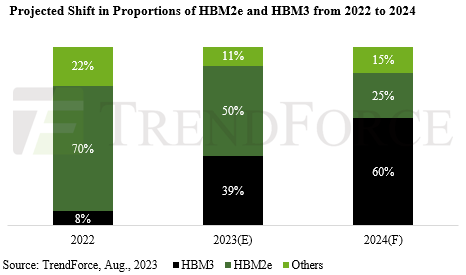
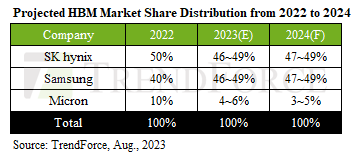

 Quote
Quote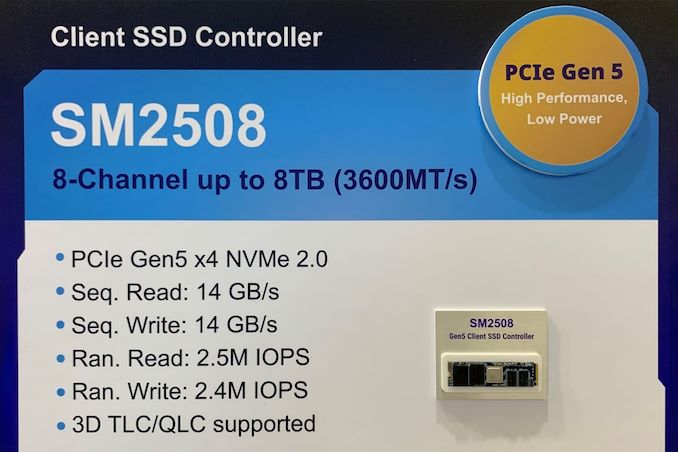
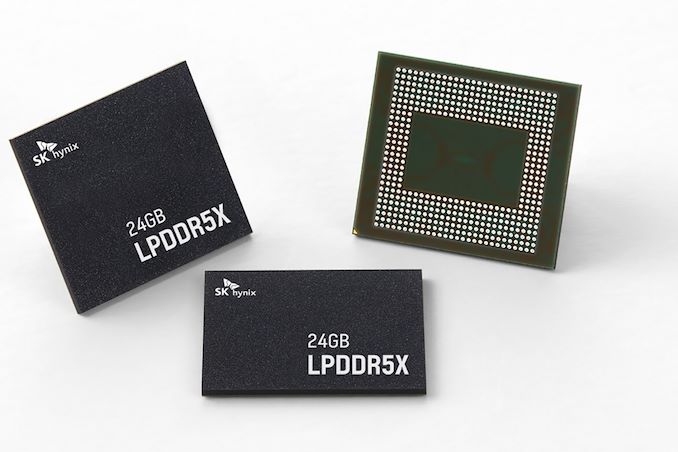
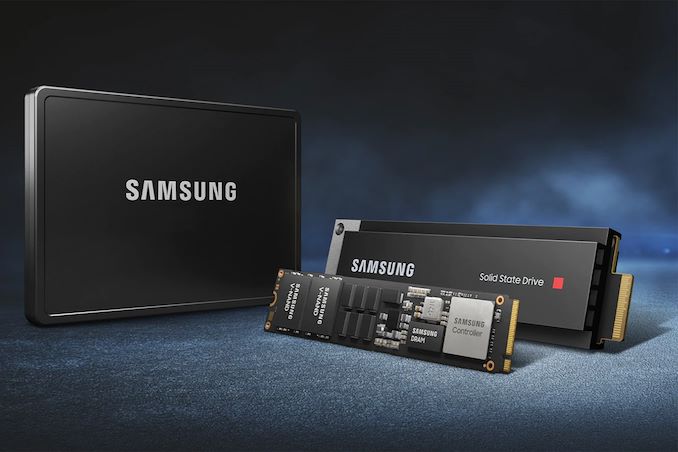
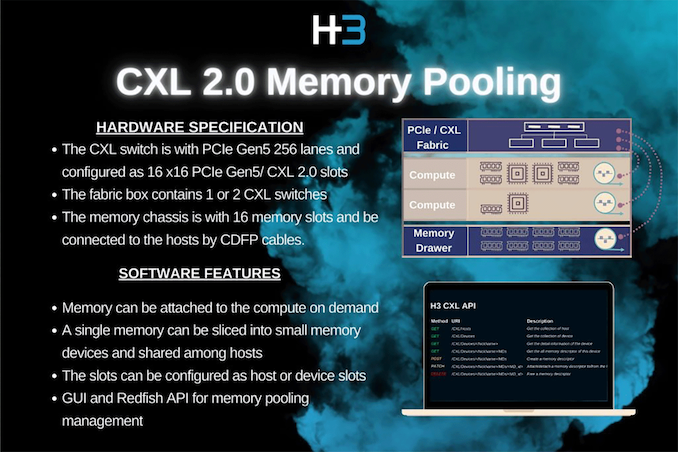
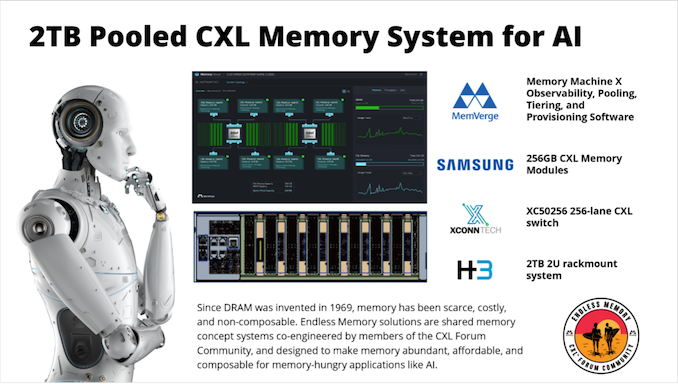
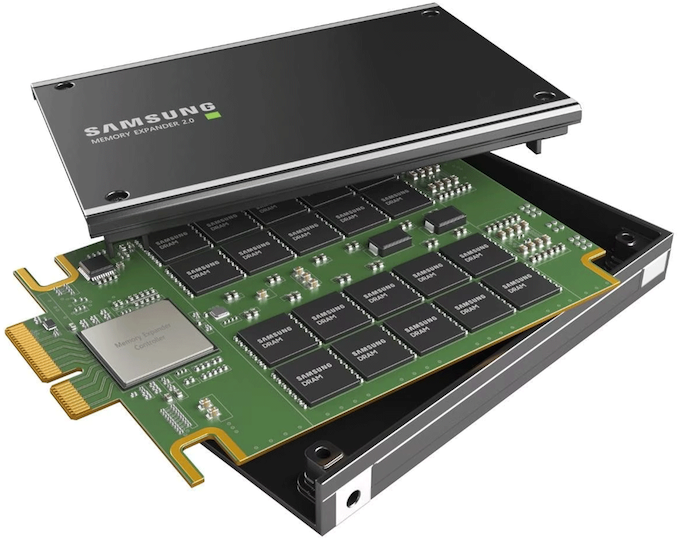
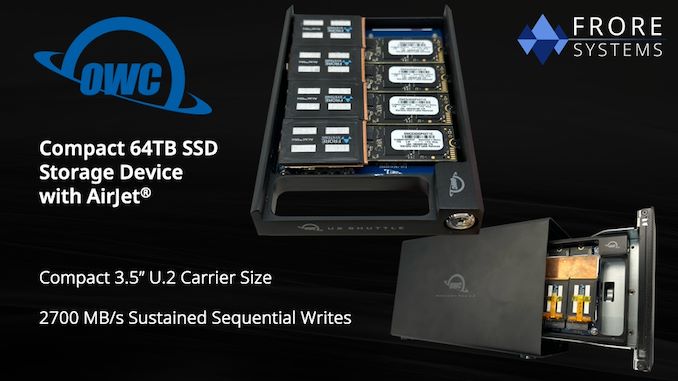
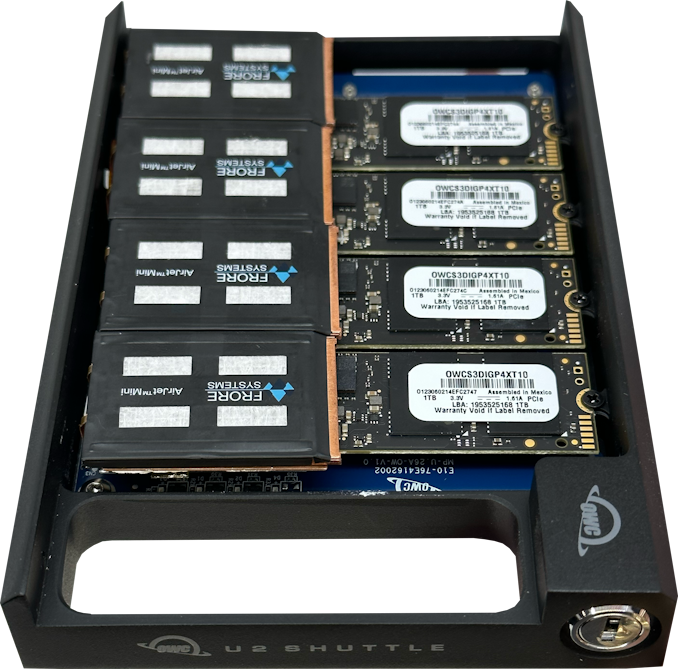
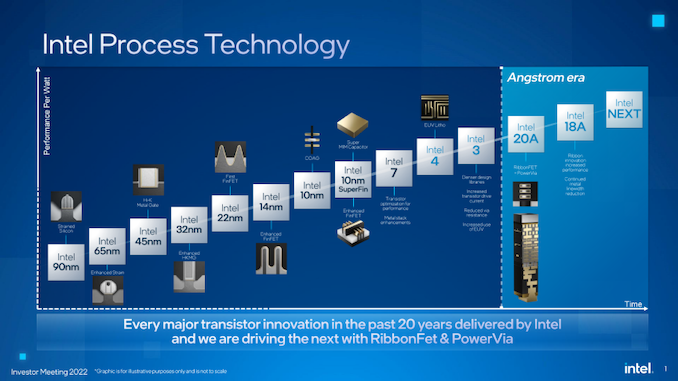

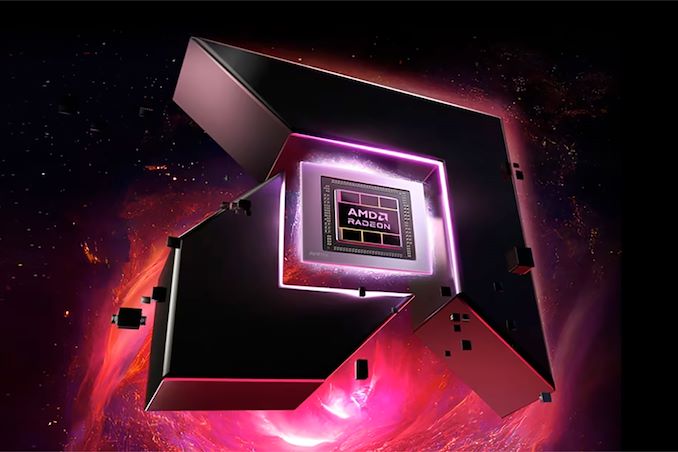
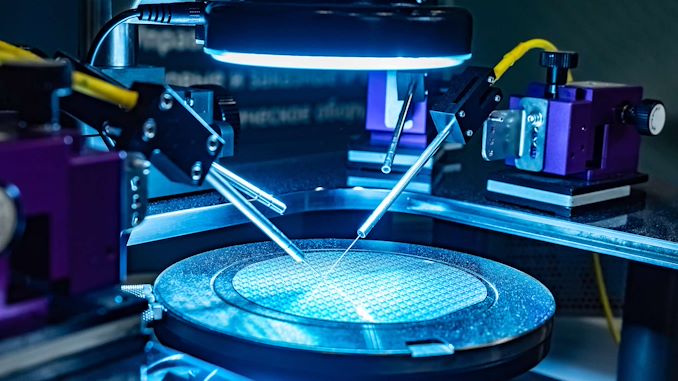
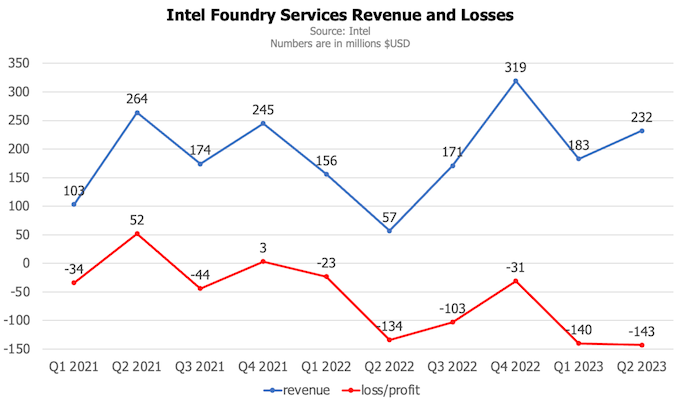
















Bookmarks